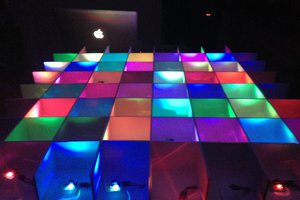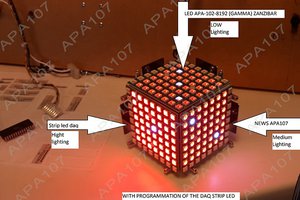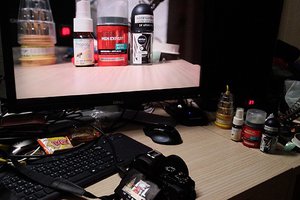My 1998 Honda Super Hawk (VTR1000F) came with just a low fuel LED indicator that didn't work. In 2001 Honda added a real guage to the bike. I picked up an 01 float gauge from eBay as well as 10-segment tricolor (5 green, 3 yellow and 2 red) LED bar graph. I added functionality to use the OEM low fuel LED as well.
Honda Superhawk fuel gauge
LCD graph fuel gauge retrofit

 Kelly
Kelly
 Steve Michel
Steve Michel
 morgan
morgan
 Thomas Chanon Wangtrirat
Thomas Chanon Wangtrirat